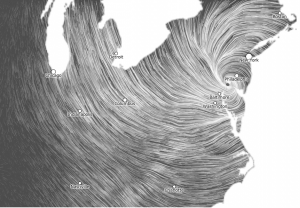Australians follow US lead
That’s lead, Pb, the element. The Herald has a headline “Dangerous lead levels in Aussie kids – experts”. The article says
Health experts are calling for new national guidelines amid fears that up to 100,000 young Australian children could have dangerously high levels of lead in their blood.
There is no recent data for lead levels in Australian children, so the figures were estimated using US exposure rates and applying them to the Australian population.
That seemed a bit strange, so I checked in the original journal letter, and, yes, it says
The potential risk of low lead exposure in Australian children can be estimated using US exposure rates and Australian population data. About 7.4% of US children aged 1–5 years have a blood lead level above 5 μg/dL. Applying this rate to Australian children aged 0–4 years suggests that about 100 000 may have blood lead levels associated with adverse health outcomes.
There will be a lot of uncertainty in extrapolating a US average to an Australian average, since there is a lot of variation within the US (or at least, there was ten years ago). And a fairly recent UK study (paper) found 27% of participating children had blood lead over the 5 μg/dL, though the rates in the UK may be higher due to older houses.
As context, It’s also worth pointing out that those of us who grew up before unleaded petrol all had ‘dangerously high levels of lead’ in our blood — lead exposure has plummeted since unleaded petrol, and the concern is just that the fall is slowing down. The adverse effects of lead are real, but the exposure isn’t new.
But more importantly, if 7.4% of Australian children are at risk based on extrapolation from US figures, there is just as much evidence that 7.4% of Kiwi children are at risk, something you would have thought the Herald might mention.
